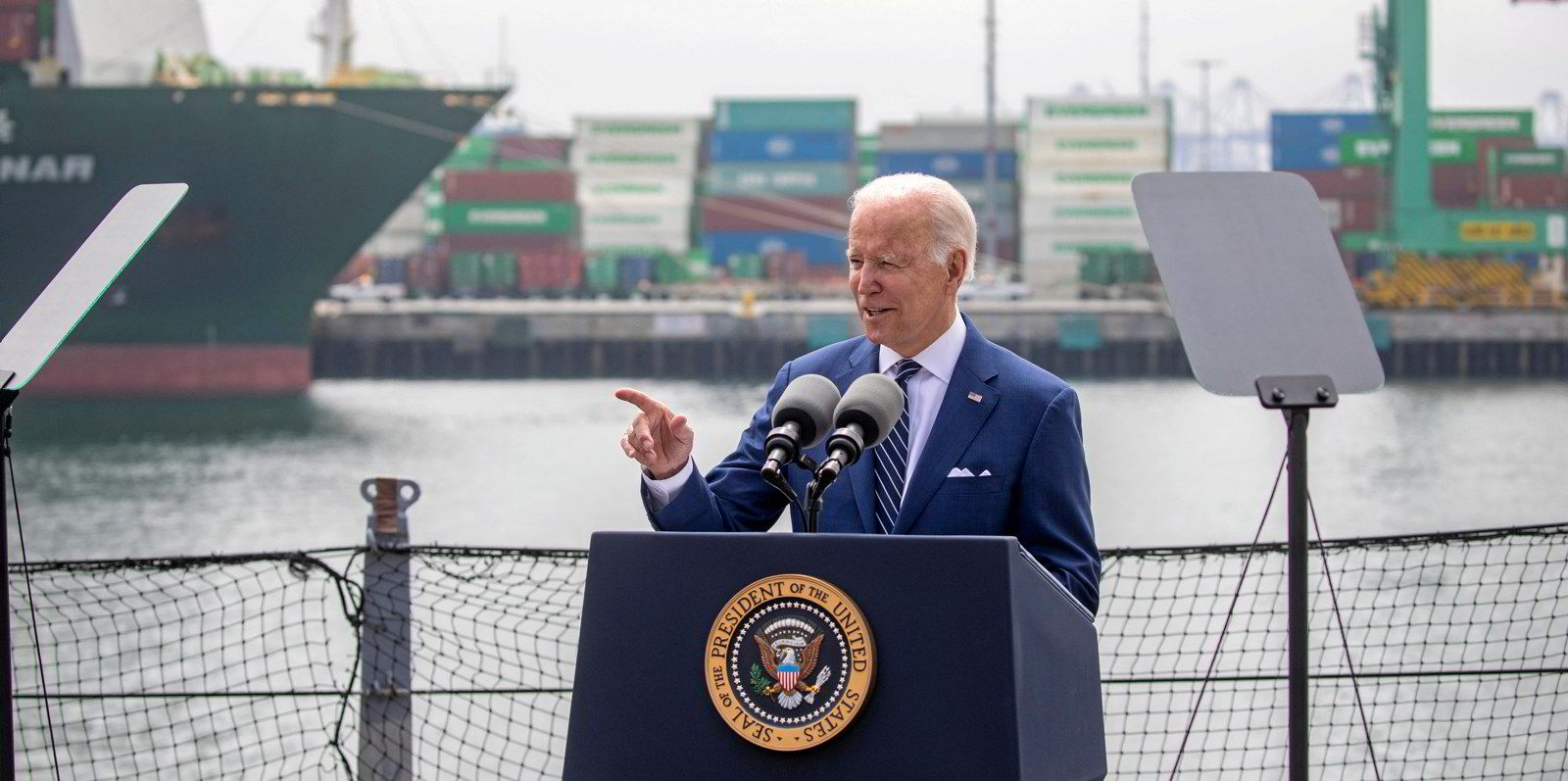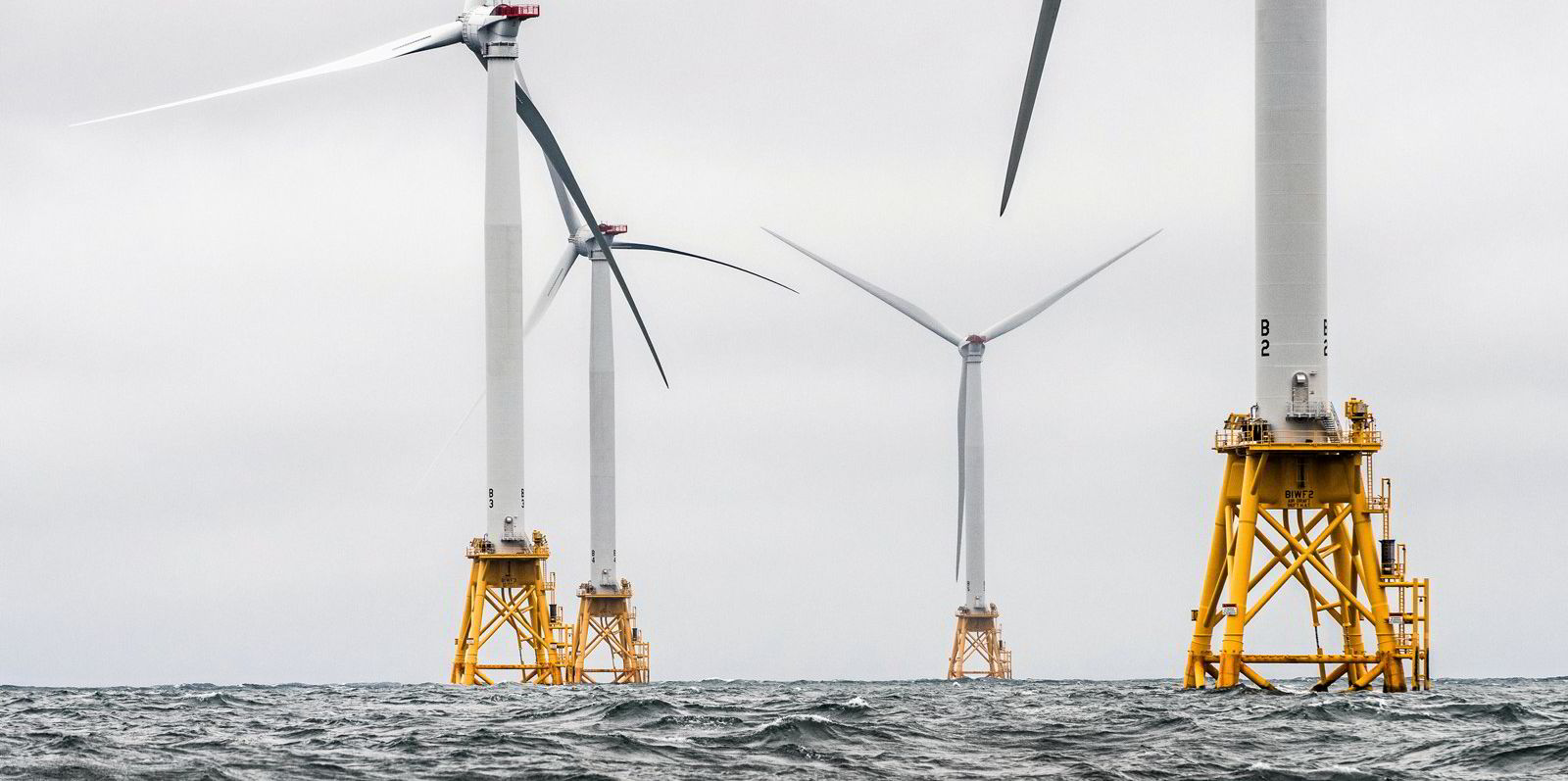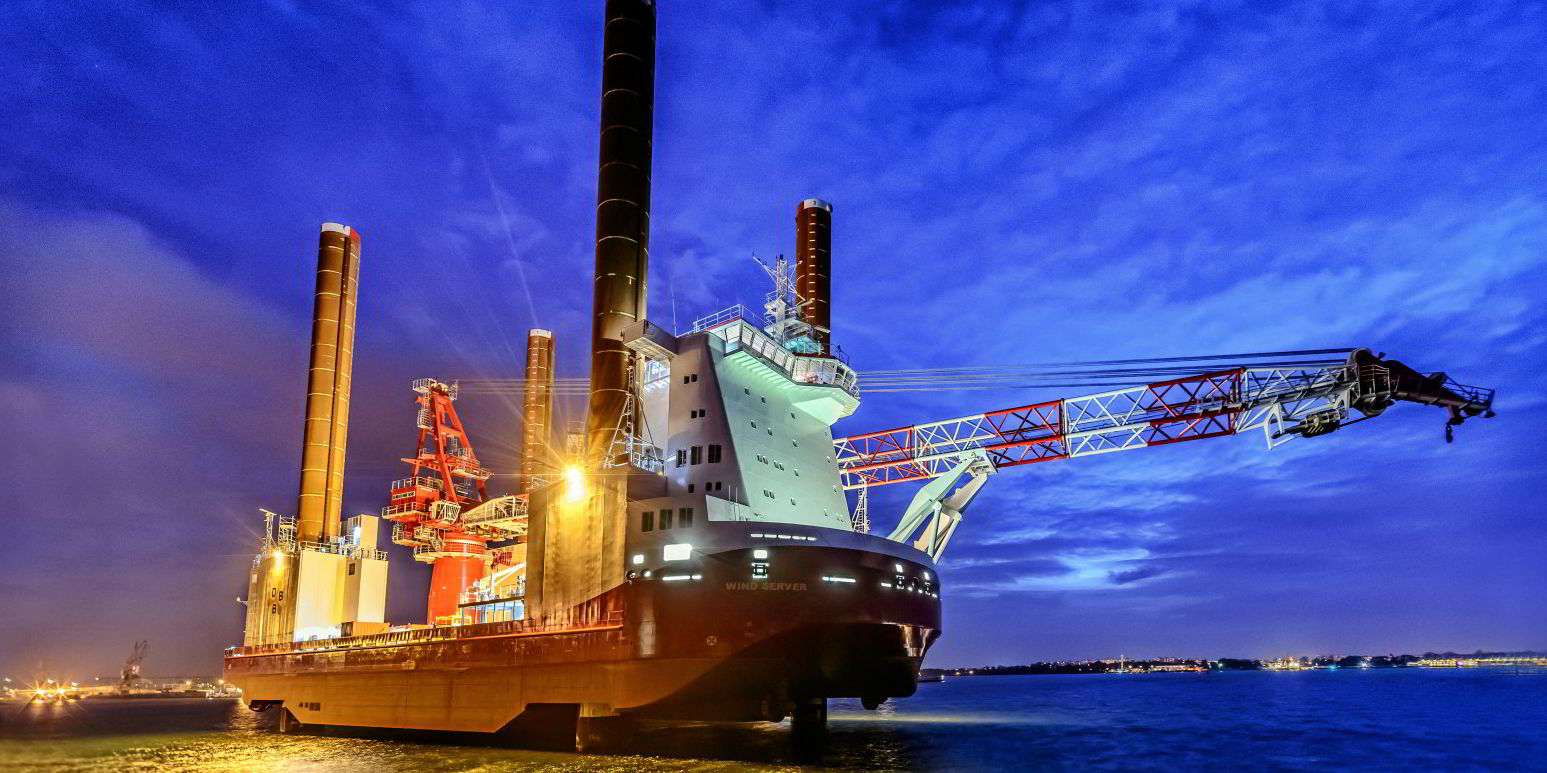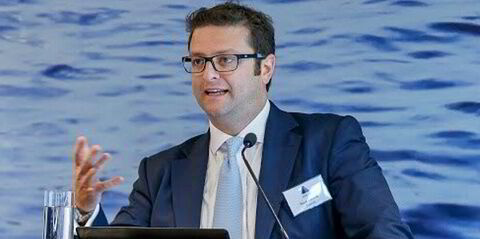For shipowners targeting the nascent offshore wind vessel market protected by the Jones Act, the rubber is finally hitting the road when it comes to providing the maritime assets needed.
Several orders of US-built crew transfer vessels (CTVs) have been signed to serve Vineyard Wind, the first large-scale offshore wind project built in US waters.
But with many more wind farm projects slowly making their way through the federal approval process, there remains a waiting game for many of the vessel needs to serve the sector.
Josh Shapiro, chief operating officer of offshore wind-focused supply chain consortium Liberty Green Logistics, told TradeWinds that the focus previously had been on watching the permitting and leasing process. But with two major projects past that stage, the conversation has turned to what the schemes will need vessel wise.
“We’re finally getting to a point where vessel needs are on the table,” he told TradeWinds.
As TradeWinds has reported, Vineyard Wind has forged charter deals with American Offshore Services and Liberty Green consortium member Patriot Offshore Maritime Services to build CTVs at two US shipyards.
Wind farm equipment manufacturer GE has also chartered three Jones Act-qualified newbuildings from WINDEA CTV, initially to serve Vineyard Wind as well.
Orsted and Eversource, partners in the South Fork Wind Farm, have agreed to charter five Jones Act-qualified CTV newbuildings from New York-based WindServe Marine and Massachusetts-based American Offshore Services.
Ultimately, estimates point to the need for 45 CTVs by 2030, with some calling for 75 of the vessels if US President Joe Biden’s goal of 30 GW of offshore wind power comes to fruition, said Timothy Axelsson, director of offshore wind at Liberty Green.
SOV needs
Attention is turning to more likely vessel deals, including larger and more costly service operation vessels (SOVs) that will first work in construction and eventually operations of the farms planned for the waters of the US East Coast.
Axelsson estimates that the market could need somewhere between six and 15 SOVs and, at first, those may be converted from offshore support vessels in the US offshore oil and gas market.

Wind farm developers’ vessel needs are on two tracks that impact how ships will be ordered to serve this market. In construction, contracts are shorter, lasting up to 30 months. But they will continue to need CTVs and SOVs for operation and maintenance, leading in some cases to mixed tenders with shorter and longer-term charters.
Financing is a key hurdle, banks are seen as hesitant to lend money to build vessels for short-term charters when there is no established market for it to shift into at the end of the charter.

For Shapiro, riding the gap will require charterers to make longer-term commitments, or US public policy to establish a financing solution.
The financing dilemma is even more marked in the wind turbine installation vessel (WTIV) market, where one ship is on order at a US yard and where the contours of the Jones Act allow these vessels to operate in US waters if they stick to still-evolving rules.
Joan Bondareff, a maritime lawyer at Blank Rome, said: “The market for installation vessels is a worldwide market, which makes it less competitive to build a US WTIV in a US shipyard.
“It remains to be seen whether others will be built here absent more financial support from the federal government.”
And as shipowners seek charter commitments that will allow them to secure financing to build vessels to meet the Jones Act’s requirement for domestic construction, pricing at shipyards is a moving target.
“The market has been responding with high day rates because of inflation, cost and supply chain shortages,” Axelsson said. “Steel prices have gone up. Everything’s gone through the roof.”
The number of offshore wind projects still in the pipeline shows both the amount of pent-up demand for vessels and how much of a waiting game remains.

With the 800-MW Vineyard Wind and 132-MW South Fork Wind given the green light, there are 10 projects that will generate 20 MW in the federal government’s construction and operations plan approval process, in addition to the two that have been approved, and the Biden administration’s goal is to have another four in the pipeline by 2025.
Bob Wellner, executive director at Liberty Green, said: “The biggest impediment to the progress of offshore wind is the permitting. We need the government to advance their permitting process.”




